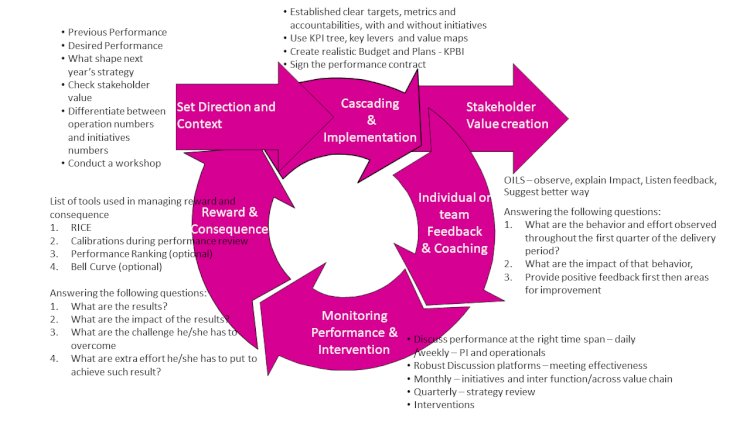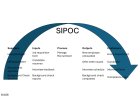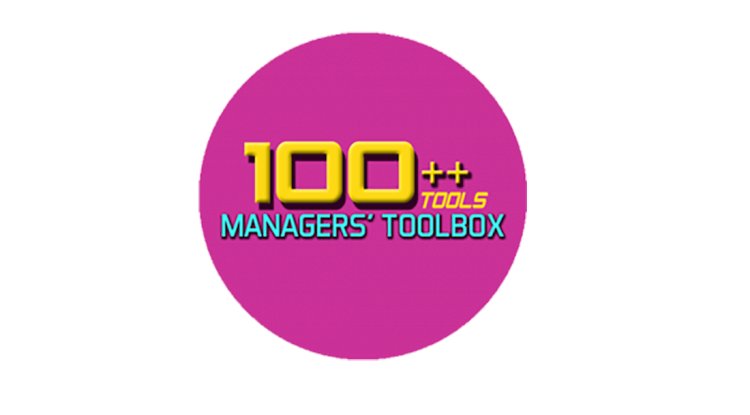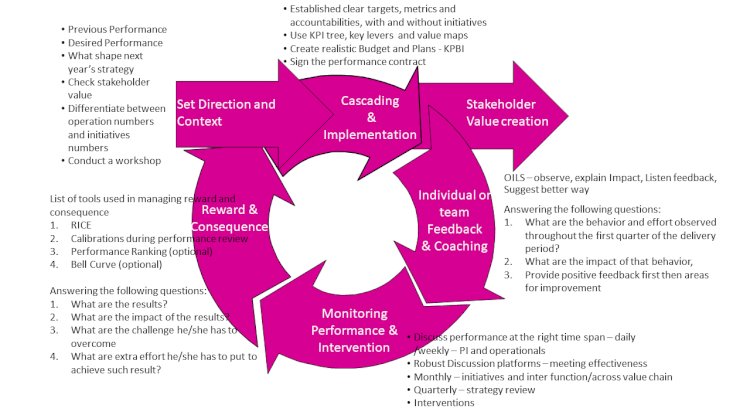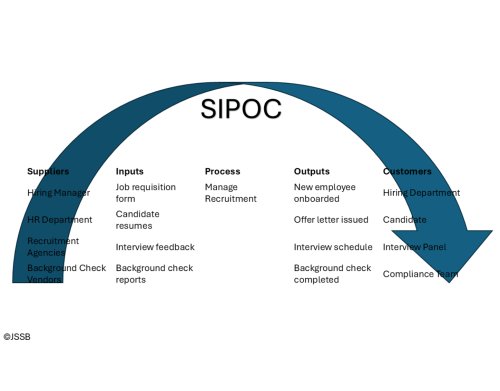The Hidden Link: How Economic Value Creation Transforms Performance Management
Why traditional performance reviews fail and how understanding value creation can revolutionize how we measure and develop talent
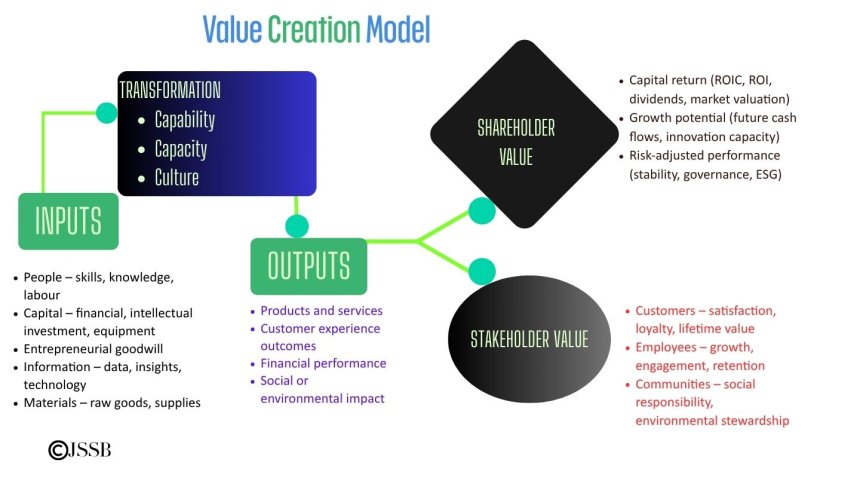
Picture this: Sarah, a marketing manager at a tech startup, just received her annual performance review. Her manager praised her for hitting all her KPIs—email open rates up 15%, social media engagement doubled, and she completed every project on time. Yet the company's revenue remained flat, customer acquisition costs soared, and two major clients left for competitors.
Sarah's story illustrates a fundamental disconnect in how most organizations approach their performance management system. We've become obsessed with measuring activity rather than understanding value creation in HR and organizational effectiveness. The result? Employees who hit their targets while companies struggle to grow, revealing a critical gap in business value alignment.
The Missing Foundation: Understanding Economic Value Creation
 Economic value creation isn't just an abstract concept from business school textbooks-it's the blueprint for sustainable organizational success. At its core, value creation happens when we transform resources (time, money, materials, knowledge) into outputs that people value more than the original inputs.
Economic value creation isn't just an abstract concept from business school textbooks-it's the blueprint for sustainable organizational success. At its core, value creation happens when we transform resources (time, money, materials, knowledge) into outputs that people value more than the original inputs.
Think about it this way: A carpenter takes $50 worth of wood and creates a table someone pays $200 for. The $150 difference represents value creation. But in knowledge work, this process is far more complex and harder to measure.
A Modern Framework for Understanding Value Creation
To better understand how value creation works in today's organizations, we can use a comprehensive model that breaks down the process into four interconnected stages:
1. Inputs - The Foundation
These are the foundational resources an organization uses:
- People: skills, knowledge, labour
- Capital: financial investment, equipment, intellectual property
- Information: data, insights, technology
- Materials: raw goods, supplies, entrepreneurial goodwill
These inputs represent potential, not value—value emerges only through transformation.
2. Transformation - The 3Cs (Where Value is Actually Created)
This is the core of value creation, where inputs are converted into meaningful outputs through three critical elements:
- Capability: The skills, tools, and systems that enable the organization to execute effectively (data analytics ability, problem-solving frameworks, innovation processes)
- Capacity: The volume and scalability of operations which is how much the organization can handle without sacrificing quality (staffing levels, resource availability, infrastructure strength)
- Culture: The underlying values, beliefs, and behaviours that drive how work gets done (accountability, collaboration, customer obsession)
These 3Cs ensure that inputs are not just used, but optimized to deliver consistent and sustainable value.
4. Stakeholder Value - The Ultimate Measure
True value creation is judged by multiple stakeholders:
- Customers: satisfaction, loyalty, lifetime value
- Employees: growth, engagement, retention
- Shareholders: capital return (ROIC, ROI, dividends), growth potential, risk-adjusted performance
- Communities: social responsibility, environmental stewardship
This framework reveals why traditional performance management often fails as it focuses on inputs and outputs while ignoring the transformation process and stakeholder impact.
The Evolution of Value Creation Theory
Understanding where these ideas came from helps us apply them more effectively today. Value creation theory emerged from fundamental questions about what makes economies grow and societies prosper.
The Classical Foundation (1776-1870s): Adam Smith, writing in "The Wealth of Nations," first articulated how labour creates value through specialization and division of work. David Ricardo expanded this with his labour theory of value, arguing that the amount of socially necessary labour determines a product's worth. This thinking dominated early industrial management-measure inputs (hours worked, materials used) to predict outputs.
The Neoclassical Revolution (1870s-1930s): Economists like William Stanley Jevons, Carl Menger, and Léon Walras shifted focus from production costs to consumer satisfaction. Their marginal utility theory revealed that value isn't inherent in products but emerges from how much additional satisfaction the last unit provides. This insight laid groundwork for customer-centric business thinking.
The Innovation Era (1940s-present): Joseph Schumpeter's "creative destruction" concept showed how entrepreneurs create value by disrupting existing markets with new products, processes, or business models. More recently, network economists like Brian Arthur and complexity theorists have revealed how value creation can be exponential rather than linear-think platform businesses like Amazon or Google.
The evolution of value creation theory gives us three critical lenses for understanding performance:
1. The Resource Transformation Lens (Classical View): Originally focused on labour and physical inputs, this perspective asks: How efficiently are we converting resources into outputs?
2. The Customer Satisfaction Lens (Neoclassical View): This approach recognizes that value exists only when customers are willing to pay for what we produce.
3. The Innovation and Network Lens (Modern View): Today's value creation often comes from knowledge, relationships, and systems that create exponential rather than linear returns.
Why Does Traditional Performance Management Systems Fall Short?
Most performance management systems were designed during the industrial age when work was predictable, measurable, and individual. Using our value creation framework, we can see exactly where they go wrong:
- Focus on Inputs rather than Transformation: Measuring hours worked instead of how effectively the 3Cs (Capability, Capacity, Culture) are being developed and leveraged
- Outputs without Stakeholder Context: Tracking individual achievements without understanding their impact on customer satisfaction, employee engagement, or long-term shareholder value
- Missing the Transformation Process: Ignoring how capability development, capacity building, and culture enhancement drive sustainable performance
This creates what I call "performance theater" i.e., elaborate systems that measure everything except what drives true value creation and organizational effectiveness. They miss the critical transformation stage where inputs become valuable outputs through enhanced capability, optimized capacity, and strong culture.
The Value Creation Approach to Performance Management
When we align performance management systems with our value creation framework, everything changes. This approach draws from strategic management frameworks including the Resource-Based View (Barney, 1991) and Value Chain Analysis (Porter, 1985) to create meaningful business value alignment. Here's how leading organizations are driving HR performance transformation by focusing on the complete value creation process:
1. From Input Metrics to Transformation Metrics
Traditional Approach: A customer service representative is measured by call volume and resolution time—simple input/output measurements.
Value Creation Approach: The same employee is evaluated on:
- Capability development: How they've improved problem-solving skills and product knowledge
- Capacity optimization: How efficiently they handle complex cases while maintaining quality
- Culture building: How they contribute to team collaboration and customer-centric behaviours
- Stakeholder impact: Customer lifetime value improvement, team knowledge sharing, and operational efficiency gains
Example: Zappos famously eliminated call time limits for customer service. One representative spent 10 hours helping a customer return shoes, demonstrating capability (deep product knowledge), capacity (willingness to invest time), and culture (customer obsession). The result was tremendous word-of-mouth marketing i.e., clear stakeholder value creation that traditional metrics would have penalized.
2. From Individual Scorecards to Ecosystem Thinking
Traditional Approach: Sales teams compete internally, hoarding leads and customer information—optimizing individual outputs without considering transformation or stakeholder value.
Value Creation Approach: Performance includes how salespeople enhance collective capability (sharing market insights), build organizational capacity (developing others), and strengthen culture (collaboration over competition), ultimately creating greater stakeholder value.
Example: HubSpot redesigned their sales compensation to reward not just individual deals but also the leads and referrals generated for teammates. This approach recognizes that customer networks and internal collaboration create compound value across all stakeholder groups.
3. From Annual Reviews to Continuous Value Alignment
Traditional Approach: Once-yearly performance discussions focused on past achievements.
Value Creation Approach: Regular conversations about how individual work connects to organizational value creation, with real-time adjustments.
A Practical Framework to Apply Value Creation Thinking:
Step 1: Map Your Value Creation Chain
Before evaluating performance, understand how your organization creates value using the complete framework:
- Inputs: What resources (people, capital, information, materials) do you have?
- Transformation: How are your 3Cs (Capability, Capacity, Culture) converting inputs into valuable outputs?
- Outputs: What are you actually producing?
- Stakeholder Value: How do customers, employees, shareholders, and communities benefit?
Step 2: Design Multi-Dimensional Employee Performance Metrics
Create performance measures that capture value creation in HR across the complete process:
- Input Optimization: How effectively are resources being utilized?
- Transformation Excellence: How are employees developing capability, building capacity, and strengthening culture?
- Output Quality: What meaningful deliverables are being produced?
- Stakeholder Impact: How do actions create value for all stakeholder groups?
This approach aligns with the Balanced Scorecard framework (Kaplan & Norton, 1992), ensuring comprehensive organizational effectiveness measurement across the entire value creation chain.
Step 3: Implement Stakeholder-Balanced Performance Systems
Move beyond single-stakeholder thinking to include what our value creation model shows as essential:
- Customer Value: satisfaction, loyalty, lifetime value
- Employee Value: growth, engagement, retention, capability development
- Shareholder Value: capital return (ROIC, ROI), growth potential, risk-adjusted performance
- Community Value: social responsibility, environmental stewardship
This multi-stakeholder approach to performance management systems ensures sustainable human capital performance while maintaining comprehensive business value alignment across all value creation stages.
Real-World Success Stories
Microsoft's Transformation: Under Satya Nadella, Microsoft shifted from internal competition ("know-it-all" culture) to collaboration and learning ("learn-it-all" culture). Performance management now emphasizes how employees contribute to collective success, not just individual achievements. This contributed to Microsoft's market value increasing from $300 billion to over $3 trillion.
Patagonia's Purpose-Driven Performance: Patagonia evaluates employees on environmental impact alongside business metrics. Store managers are assessed on community engagement and sustainability education, not just sales. This alignment with value creation beyond profit has built incredible brand loyalty and consistent growth.
Adobe's Check-In System: Adobe replaced annual reviews with frequent "check-ins" focused on goal setting, feedback, and career development—a model of continuous performance improvement. Managers and employees regularly discuss how individual work contributes to broader value creation, implementing OKRs and KPIs that align with organizational performance strategy. Employee engagement scores increased significantly, and voluntary turnover decreased, demonstrating successful HR performance transformation.
How NOT to Apply Value Creation Thinking: Common Pitfalls
Pitfall 1: Over-Complicating Employee Performance Metrics
Wrong: Creating 20 different value creation metrics that nobody understands, losing focus on meaningful business value alignment. Right: Starting with 3-5 clear metrics that directly link to business value and support continuous performance improvement.
Pitfall 2: Ignoring Individual Contributions in Performance Management Systems
Wrong: Focusing only on team outcomes and neglecting individual development within your organizational performance strategy. Right: Balancing individual growth with collective value creation, ensuring human capital performance at both levels.
Pitfall 3: Short-Term Implementation
Wrong: Expecting immediate results from value creation metrics. Right: Understanding that sustainable value creation takes time to measure and optimize.
Pitfall 4: One-Size-Fits-All Approach
Wrong: Applying the same value creation metrics across all roles and departments. Right: Customizing metrics based on how different roles contribute to value creation.
The Leadership Challenge
Implementing value creation-based performance management requires a fundamental shift in leadership mindset. Leaders must:
- Model value creation thinking in their own goal-setting and decision-making
- Invest in manager training to help supervisors have meaningful conversations about value contribution
- Be patient with the transition as new metrics and behaviors take time to establish
- Celebrate value creation wins to reinforce the new approach
The Bottom Line: Performance Management as a Value Creation System
When done right, performance management becomes more than an HR process as it becomes a comprehensive value creation system that drives strategic alignment between individual growth and organizational success. This approach, grounded in both Resource-Based View theory and modern human resource management practices, ensures that employees understand how their work contributes to organizational effectiveness while supporting continuous performance improvement.
Organizations that master this business value alignment through effective performance management systems will attract better talent, retain top performers, and create lasting value for all stakeholders. Those that don't will continue playing performance theater while wondering why their best people leave and their results plateau—a clear indicator of failed HR performance transformation and inadequate organizational performance strategy.
Your Next Steps
Understanding the connection between value creation and performance management is just the beginning. The real challenge lies in implementation—changing performance management systems, training managers, and shifting organizational culture toward continuous performance improvement and strategic alignment.
Ready to transform your HR performance transformation approach?
- Schedule a consultation to discuss how value creation thinking can improve your organizational performance strategy
- Join our monthly webinar series where we dive deep into practical implementation strategies for business value alignment and OKRs and KPIs integration
For Further Reading:
Foundational Texts
Modern Applications
What's your experience with performance management? Have you seen the disconnect between individual performance and organizational value creation? Share your thoughts and join the conversation about building better performance systems.
Contact us to explore how your organization can align performance management with value creation principles.
Share
 Like
0
Like
0
 Dislike
0
Dislike
0
 Love
0
Love
0
 Funny
0
Funny
0
 Angry
0
Angry
0
 Sad
0
Sad
0
 Wow
1
Wow
1
